All modern yo-yos have some sort of response system, that grips onto the string and makes it return to your hand. The current trend in response systems are pads made of various materials, which use adhesive backings to stick to the response area of the yo-yo. Even looping yo-yo models make use of response pads and stickers. These response pads work great, but will eventually wear down, so it will become necessary to replace them. O-rings are replaced using a similar process.
You’ll need response pads compatible with your yo-yo and something to help remove the pads (toothpick or tweezers will do)
0. Disassemble your yo-yo

1. Use a toothpick or tweezers to pull off the old response pads
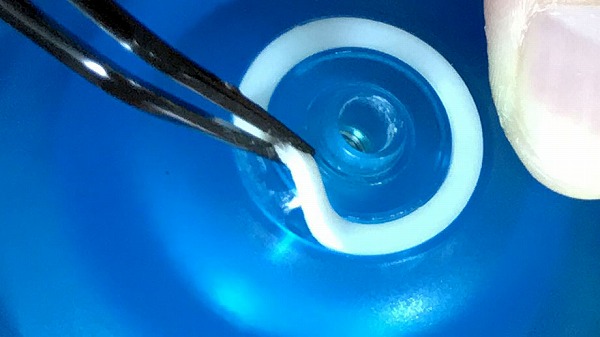
2. Clean off excess adhesive
Clean up the response area as best as you can, if any is left over
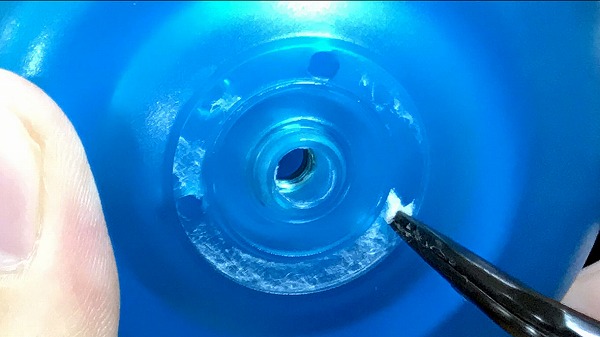
3. Match the new pad up to the response area
Make sure you get the response pad in there nice and flat and cleanly, if not installed correctly it will make your yo-yo play very poorly.
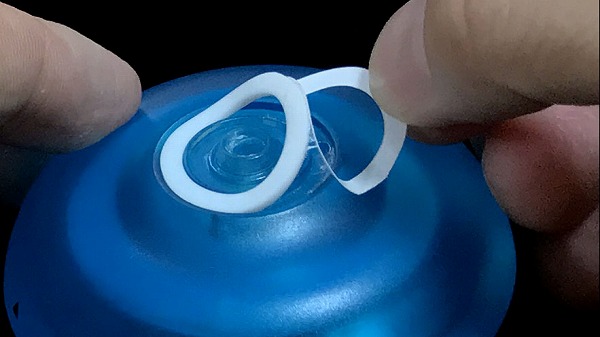
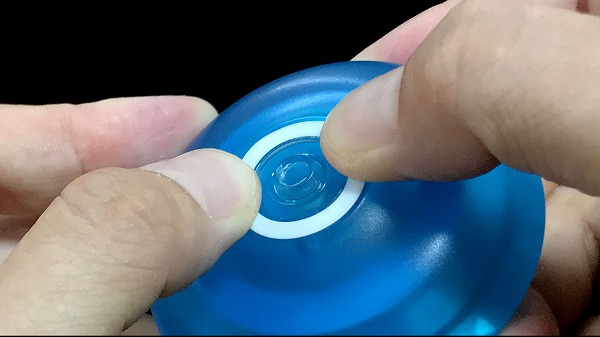
4. Repeat for each side, reassemble and you’re done
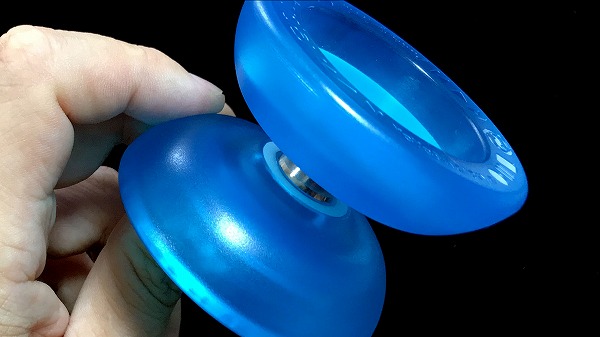
What’s the lifespan of a pad?
It really depends on a lot of variables. The player and their style of play, the pad you use and how often you play all affect your yo-yo’s lifespan. Some players need to change pads several times a day, while others can go for weeks or months without need to switch pads. The point is to change your pads when you feel it’s necessary, so when your yo-yo stops playing and responding as it should, it’s time for maintenance. As an example, the average frequency here at the store is about 2 weeks between changing pads.
How can I protect my pads?
Pads are made of soft materials, so they’re weak against sunlight and rough handling. To protect your pads, keep them out of the sun and in a protective case. Heat is especially bad for the adhesive backing.

A Parts Case is a good investment for your pads and other yo-yo accessories.
